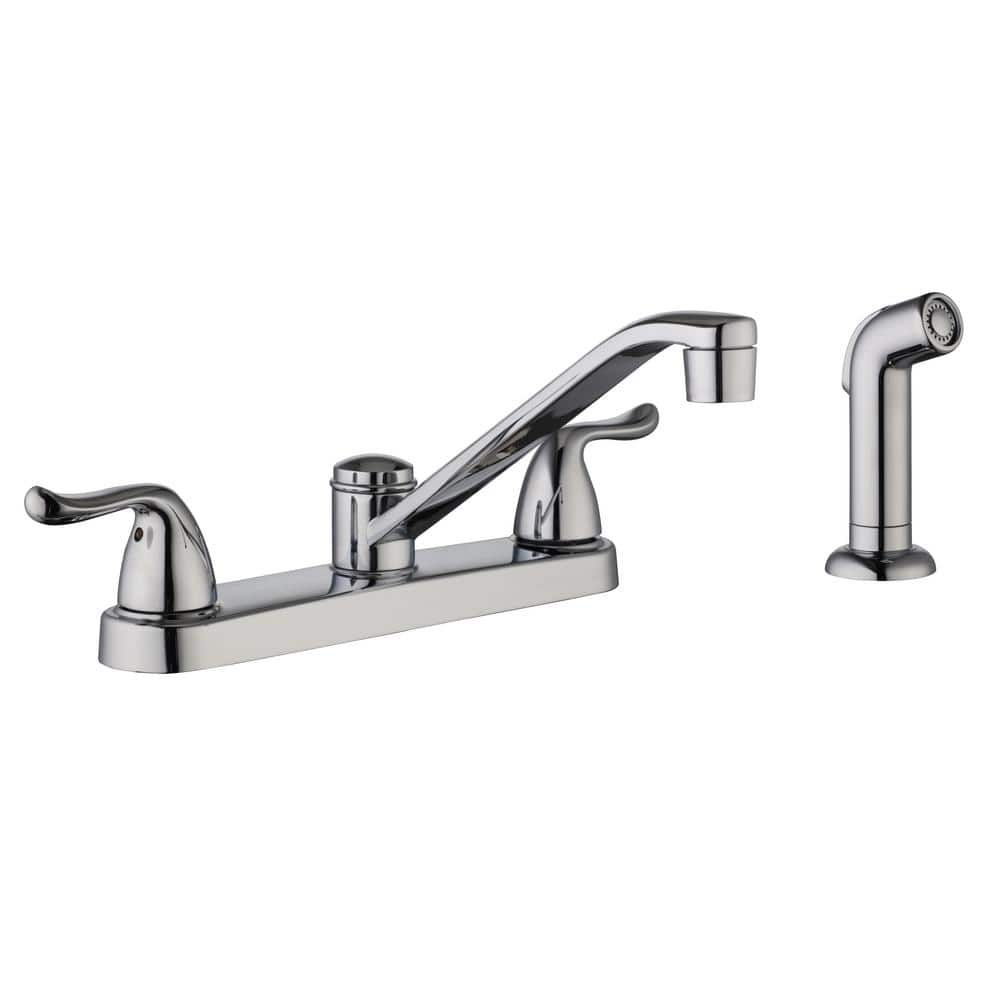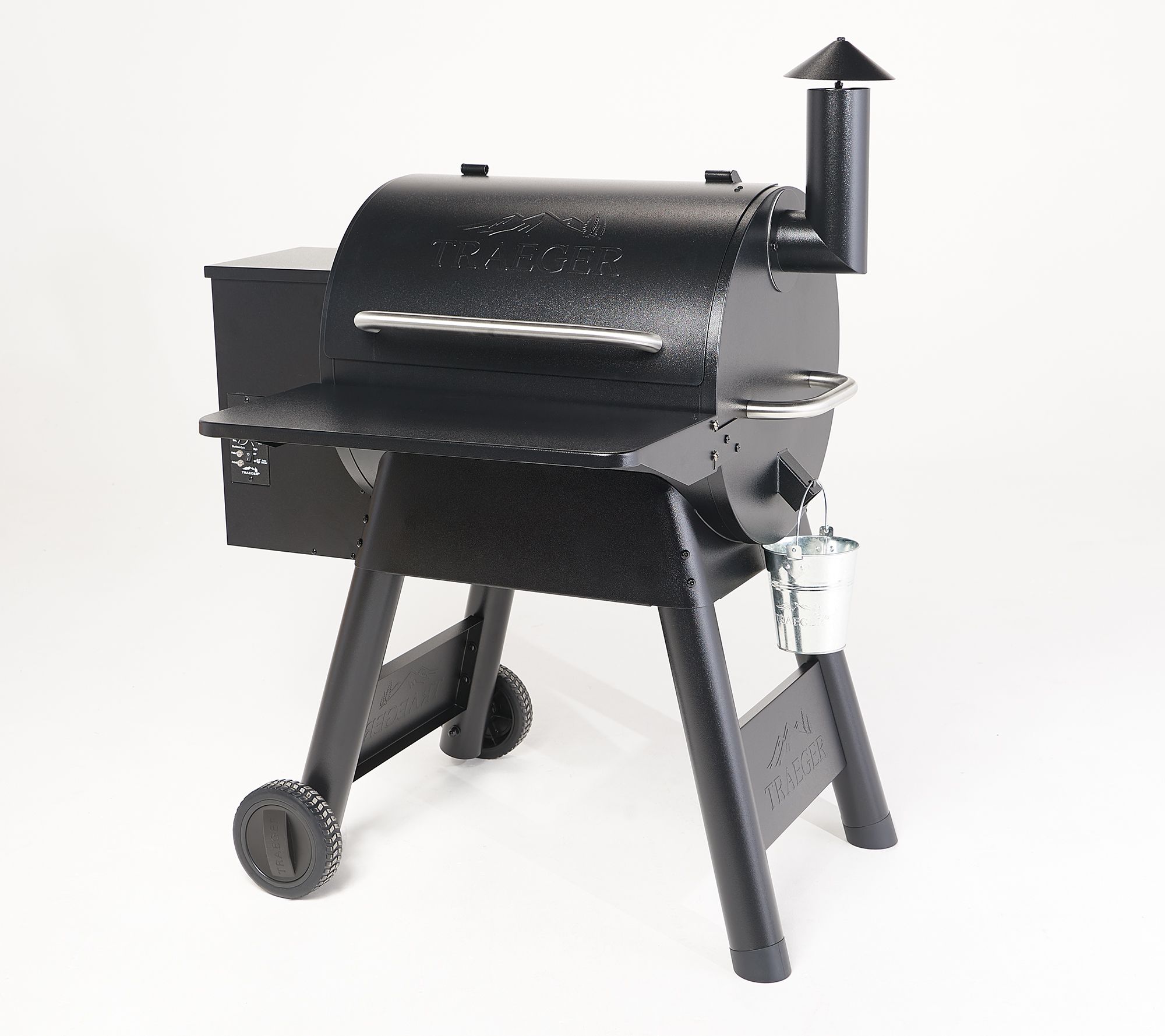Glacier Bay Constructor 2-Handle Standard Kitchen Faucet with Side Sprayer in Chrome
ADA certified metal handles. Side spray included for added convenience. Backed by Glacier Bay Limited Lifetime Warranty.
The Glacier Bay Constructor 2-Handle Standard Kitchen Faucet with Side Sprayer in Chrome complements a wide variety of kitchen decor. Combining simple design with convenient functionality, this faucet features separate hot and cold durable lever handles that make precise control of water temperature a breeze. The handy side sprayer simplifies washing dishes, pots and pans. The bright chrome finish is easy to maintain and clean. This faucet has a 1.8 GPM flow rate and washerless valves for drip-free performance. Pair with other pieces from the Constructor Collection for a complete and polished look.
- Chrome finish for a classic look
- Washerless valves to help prevent drips
- 1.8 GPM flow rate
- 1/2 in. connection and deck plate mount
- Dual lever handles for precise cold and hot water control
- Side-mount sprayer offers a convenient way to wash large pots and pans
- Limited lifetime warranty
- Replacement parts available including model numbers: RP90067 (bonnet nuts in chrome)
Additional information
| Connection size (in.) | 1/2 In. |
|---|---|
| Faucet Height (in.) | 5.8 |
| Spout Height (in.) | 4.59 |
| Certifications and Listings | IAPMO Certified |
| Manufacturer Warranty | Limited lifetime warranty |






by Tasha
Awesome product… The water comes out of the faucet smoothly. The sprayer is convenient. I love this purchase. What an awesome find.
by Luisa
Wonderful with this extra spray hose.
by Forrest
easy to install, and works great. I like the design and function better than previous models. I highly recommend it.
by David
Good faucet at an affordable price.
by Gilbert
Easy to install. Increased water pressure.
by Gal
Pretty good for the price, I needed a new faucet set up for the laundry room deep sink and this fit the bill perfectly. Easy to install works well and has a sprayer …not high end for a fancy kitchen but for everyday use in other locations it works great.